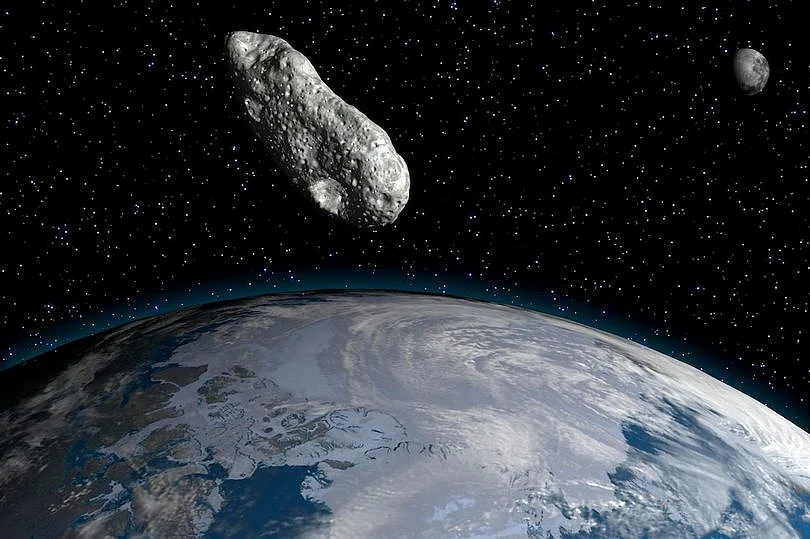
UAE Asteroid Explorer Will Use Onboard AI To Decide Which Photos To Send Back
The UAE's upcoming mission to the asteroid belt will rely on onboard artificial intelligence to analyse and compress images before sending them to Earth, a senior researcher involved in the project told Khaleej Times at Dubai Airshow 2025.
Dr Elias Tsoutsanis, Chief Researcher at the Propulsion and Space Research Centre at the Technology Innovation Institute, said the team is developing AI systems that will operate inside the lander of the UAE's spacecraft, known as the Mohammed bin Rashid Explorer.
“We are implementing AI for image classification and data compression inside the lander,” he said.“This will reduce the bandwidth needed to send data back to the ground.” He explained that the spacecraft will use machine learning to filter and prioritise images, choosing the most valuable ones to transmit during the mission's eight-year journey.
Recommended For YouStay up to date with the latest news. Follow KT on WhatsApp Channels.
The UAE's Emirates Mission to the Asteroid Belt will travel more than five billion kilometres and study seven asteroids before attempting a landing on the final target. Because of the extreme distance from Earth, real time communication is not possible.
“Everything related to deep space missions is autonomous,” Tsoutsanis said.“We do not have the luxury of time for commands to be transmitted from the ground. Autonomy is necessary because of the communication delays between Earth and the spacecraft.”
He said the same technologies are being used in other UAE missions, including the lunar rover project with the Mohammed bin Rashid Space Centre.
Alongside onboard AI, Tsoutsanis said the team is also developing engineering tools that simulate orbital dynamics and flight conditions to support mission planning.“By developing AI systems, we can reduce the time mission planning usually takes,” he said.
Propulsion for deep spaceTsoutsanis said the next generation of deep space propulsion will combine chemical and electric systems, including the UAE's asteroid mission. Chemical propulsion will be used for high thrust manoeuvres, while electric propulsion will handle small adjustments over long distances.
“The future is going to be a combination of electric propulsion for small and fast adjustments and chemical propulsion systems for high thrust when we need significant moves in space,” he said.
He added that the space industry is shifting toward green propellants to replace toxic chemical fuels.“We want to encourage the use of green propellant technologies,” he said.“Electric propulsion systems are powered by the sun and can run for thousands of hours, which is ideal for long deep space missions.”
Mission backgroundThe UAE announced earlier that the Explorer will operate for eight years and attempt a landing on its final asteroid target. The spacecraft will study the composition, behaviour and structure of multiple bodies in the asteroid belt.
Yesterday, mission officials confirmed the spacecraft will rotate for about five years before its landing attempt.
This mission will be the Arab world's most ambitious deep space project to date, following the UAE's Mars Hope probe and the Rashid lunar rover.

Legal Disclaimer:
MENAFN provides the
information “as is” without warranty of any kind. We do not accept
any responsibility or liability for the accuracy, content, images,
videos, licenses, completeness, legality, or reliability of the information
contained in this article. If you have any complaints or copyright
issues related to this article, kindly contact the provider above.
















Comments
No comment